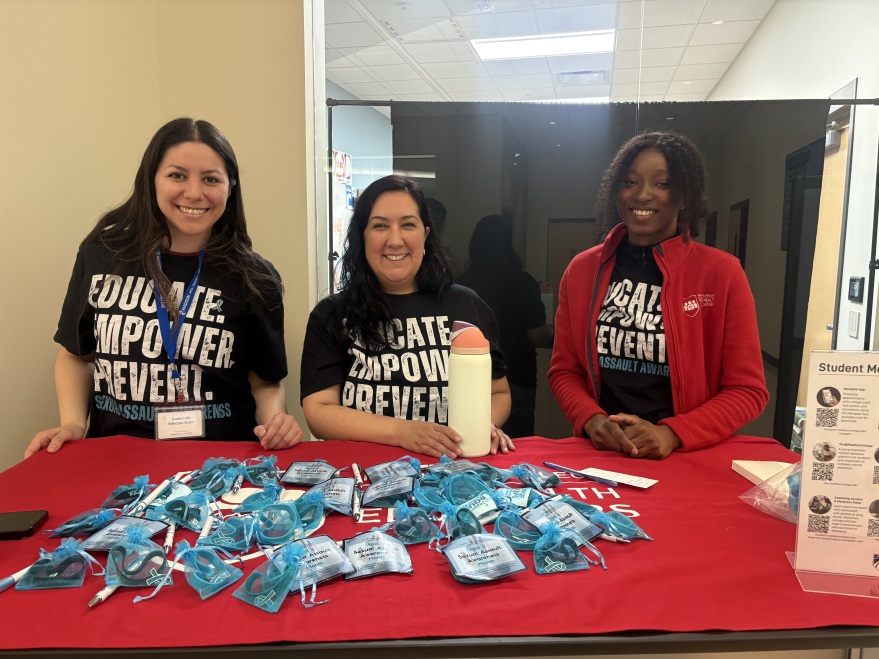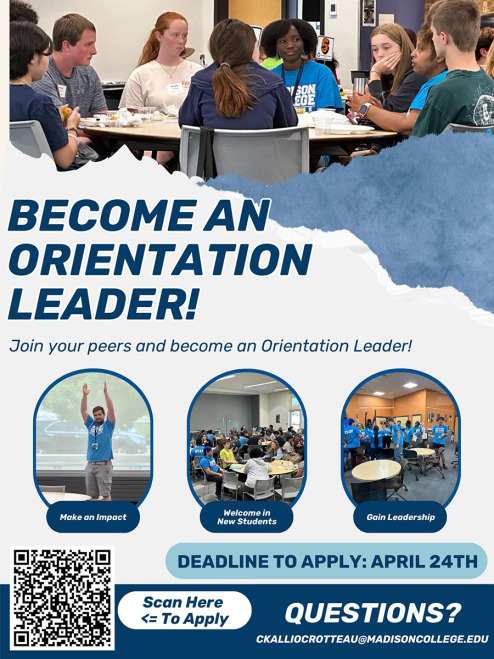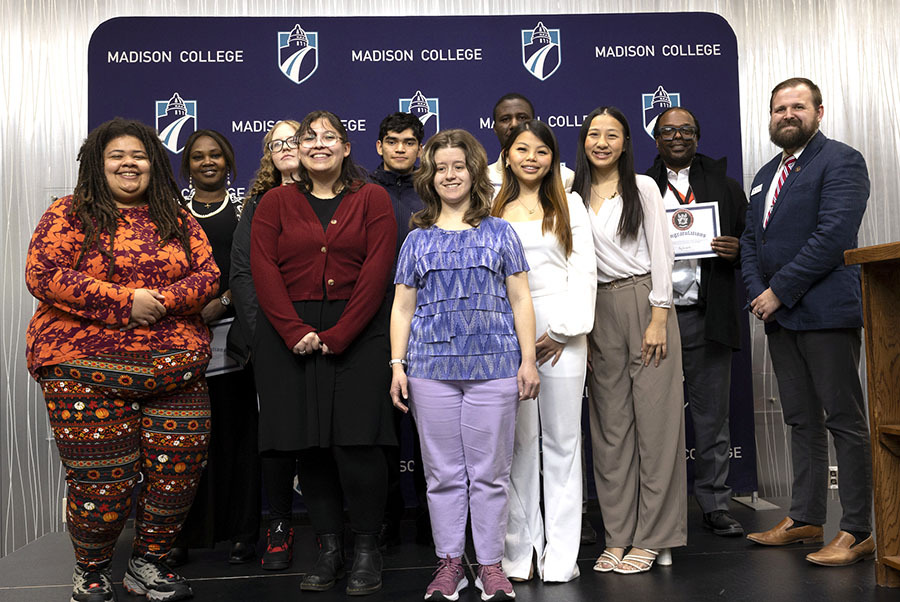Alternative winter break finds recipe for success
January 19, 2021
This year’s alternative winter break varied from that of previous years.
In the past, alternative winter break consisted of traveling to different states across the U.S., assisting in tasks like tutoring children, removing invasive species, cleaning up litter or painting homes.
Because of the pandemic, students were unable to travel and participate in typical alternative break activities. Instead, Madison College staff and students had to find ways to give back to the community in a virtual setting.
So, from Jan. 12 to Jan. 15, they did just that.
Volunteer Center Advisor Brianna Stapleton-Welch and Student Coordinator Carolyn Kosabucki hosted the alternative winter break event, and they helped connect students with different virtual projects that could make a difference.
“We tried to connect with some local opportunities, and we were really trying to think about what students could do from their homes…so, we partnered with the Madison College Cupboard Food Pantry,” said Stapleton-Welch.
In their partnership with the food pantry, the eight students who participated this year devised recipes that could be handed out in the bags that Madison College’s Cupboard Food Pantry usually uses for distribution.
Over the course of the three-day alternative break, devising recipes for the food pantry was not the only activity that student participants were engaged in.
Participants listened to guest speakers from the Wisconsin Historical Society and contributed to the society’s COVID-19 Journal Project, submitting journal entries about their experience throughout the pandemic and what it has been like.
They also went on a hunt for little free libraries and little free food pantries in their neighborhoods, donating supplies provided by Madison College. Lastly, participants were able to learn about sustainability from Madison College’s Green Club.
Overall, this year’s alternative break was a success. Although it provided a different experience than usual, it still offered a way for students to learn and engage with one another and their community.
“We used a lot of different interactive tools. We did breakout rooms. We tried to give everyone a chance to share, I think that was good. I think it was a little bit harder to make that happen than in person, but the students who did it, all shared and all talked, and all participated. So, I feel like it’s because of the good student participation that it was successful,” said Stapleton-Welch.
One of the students that participated, Marguerite Kuhnke, said that she looks forward to the next alternative break.
“Each day it was something new, something fun. Having the presentations from the Historical Society, from the Green Club, it was something new for me to learn, so I took in everything. Every day I learned something new, so it was really good for me,” said Kuhnke.
For Kuhnke, the alternative break was not only a learning experience but also a good way to interact with others. “It was just really neat. We had fun. So, I think we were like a little mini-community—virtual if that makes sense. We just all got along. We laughed, we joked, we had fun, we learned a lot.”
Luckily, there will be another opportunity for students to engage with each other and their communities later in the spring semester.
“Yeah, we have tentative plans to do this for spring break,” said Stapleton-Welch. “I think the participants were great at giving us feedback about what works and what we could adjust to the schedule, and so we’re going to take that into consideration.”































